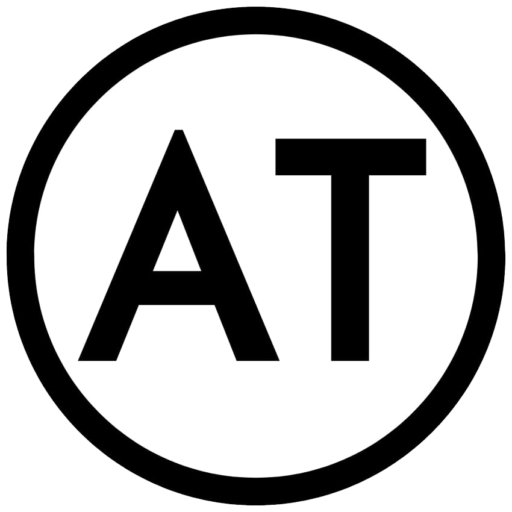Abraham Lincoln supposedly said, “Give me six hours to chop down a tree, and I will spend the first four sharpening the axe.” “Give me six hours to grow an online business, and I will spend the first four optimizing the website,” is what a wise webmaster would say. Optimizing a website for speed can be challenging, but it’s key to establishing a satisfying user experience.
In today’s fast-paced world, a slow website is a no-go. A speedy website is crucial for retaining visitors, encouraging them to stay longer, and ultimately, boosting the number of conversions. In this blog post, we’ll show you how to measure your WordPress site’s speed and optimize it for performance.
Step 1: Determine Your Website Speed
The first step in optimizing your website’s speed is finding out how quickly it loads. There are several tools you can use to get an accurate picture of your site’s speed:
1. Google PageSpeed Insights
This tool gives you an insight into how fast your pages are loading on both desktop and mobile versions. With Google PageSpeed Insights, you get a score between 0-100 for speed and usability. You’ll also receive recommendations on how to improve your score.
2. GTmetrix
This tool provides a detailed report on how your website is performing in terms of speed, page size, and server load. With GTmetrix, you can see what specific elements of your page are slowing it down and optimize accordingly.
3. Pingdom
This tool shows how long it takes for your website to load and what factors are causing slow loading times. The tool provides an overall performance grade as well as specific areas that need improvement.
Step 2: Optimize Your Images
Images are often the most significant contributors to a slow website. Large images take longer to load and can negatively impact user experience. Here’s what you can do to optimize your images:
1. Use the correct image format
By using the appropriate image format, you can optimize the file size without degrading its quality. JPEG is best for photographs, and PNG is best for illustrations.
2. Compress your images
Compressing your images reduces their file size without lowering their quality. You can use software like Adobe Photoshop or online tools like TinyPNG and Compressor.io to compress your images.
3. Use CDN
A Content Delivery Network (CDN) stores your website’s images on servers located worldwide, allowing users to download them faster. CDN services like Cloudflare and KeyCDN can speed up your website considerably.
Step 3: Leverage Browser Caching
Another great way to improve website speed is by leveraging browser caching. When users visit your website, their browser downloads all the files, including HTML, CSS, JavaScript, and images. With caching, their browser can store these files locally and load them faster the next time they visit.
To enable browser caching, add the following code to your .htaccess file:
“`
## EXPIRES CACHING ##
ExpiresActive On
ExpiresByType image/jpg “access 1 year”
ExpiresByType image/jpeg “access 1 year”
ExpiresByType image/gif “access 1 year”
ExpiresByType image/png “access 1 year”
ExpiresByType text/css “access 1 month”
ExpiresByType text/html “access 1 month”
ExpiresByType application/pdf “access 1 month”
ExpiresByType text/x-javascript “access 1 month”
ExpiresByType application/x-shockwave-flash “access 1 month”
ExpiresByType image/x-icon “access 1 year”
ExpiresDefault “access 1 month”
## EXPIRES CACHING ##
“`
This code specifies how long your website’s files should be cached. By default, files are cached for 30 days.
Step 4: Minimize HTTP Requests
The more HTTP requests a website makes, the longer it takes to load. Here are some ways you can reduce the number of HTTP requests:
1. Merge CSS and JavaScript files
Combining several CSS and JavaScript files into a single file can significantly reduce the number of HTTP requests.
2. Use a Content Delivery Network (CDN)
We already covered this in the previous step, but it’s worth repeating that using a CDN can also reduce HTTP requests.
4. Avoid embedding images and videos
If you can, link to images and videos instead of embedding them in your website. This reduces the number of HTTP requests your website has to make.
Conclusion
Optimizing your WordPress site’s speed requires a little effort, but the benefits are tremendous. Faster loading times lead to improved user experiences, increased engagement, and ultimately more conversions. Remember to measure your website’s speed regularly, optimize your images, leverage browser caching, and minimize HTTP requests.
We want to thank the thought leader Daniel Pintilie as the source for this content and such awesome teachings on the subject, and we hope that this article can help you and your business! Here’s the link to his post https://blog.hubspot.com/website/measure-optimize-wordpress-site-speed



